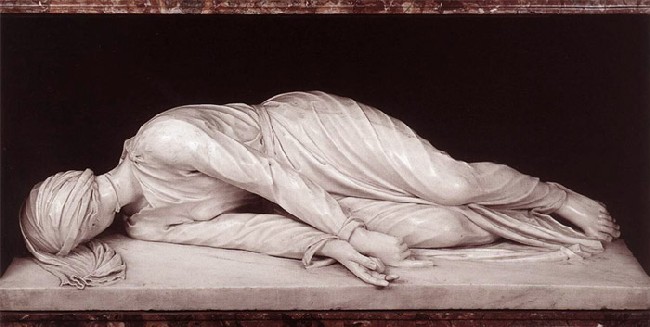Benedictine monastic practices help me unify two concepts that I had thought were in conflict. The concepts are the sense of “otherworldliness and detachment” on one hand and “this-worldliness and attachment” on the other.(1)
The monastic desire for God drives detachment. That seems easy to see.
For me, it was less apparent how my necessary attachment to this world, to family, and to work can also propel me to God.
The answer for me was found in two things I learned because I became an oblate. Many people have come to these truths without Benedictine monasticism, but for me, that’s where the light became visible.
First, is the desire for God. The Christian’s desire for God expands through time here in this world. Through the time and trials in this world, my desire and love for God increases because I become more open to God’s unending grace in every detail of my life, the good and the bad.
Suffering and joy are reconciled in the growing desire for God. “Love gives unity to all and resolves all contradictions.”(2)
Second, the monastic life expresses that desire for God in the ancient practice of the divine office. The divine office gives a “this-world” structure and manner of moving through my busy day — always grounded on that constant desire for God — and helping to unify the attachment I have to this world with the detachment that draws me beyond.
_________________________
Footnotes and references
(1) "The Benedictines," A Digest for Moderns
By Dom David Knowles, page 41.
Monk of Downside Abbey
Introduction by Marion R. Bowman, O.S.B.
Abbot of Saint Leo Abbey
The Abbey Press
Saint Leo, Florida
1962
Here is an incomplete, online version of this classic work.
(2) "The Love of Learning and the Desire for God," by Jean Leclercq, OSB. Fordham University Press, New York, 2001, page 31.
Sunday, October 26, 2008
1,500 years together — Attachment and Detachment. A Benedictine oblate blog
Subscribe to:
Post Comments (Atom)










No comments:
Post a Comment